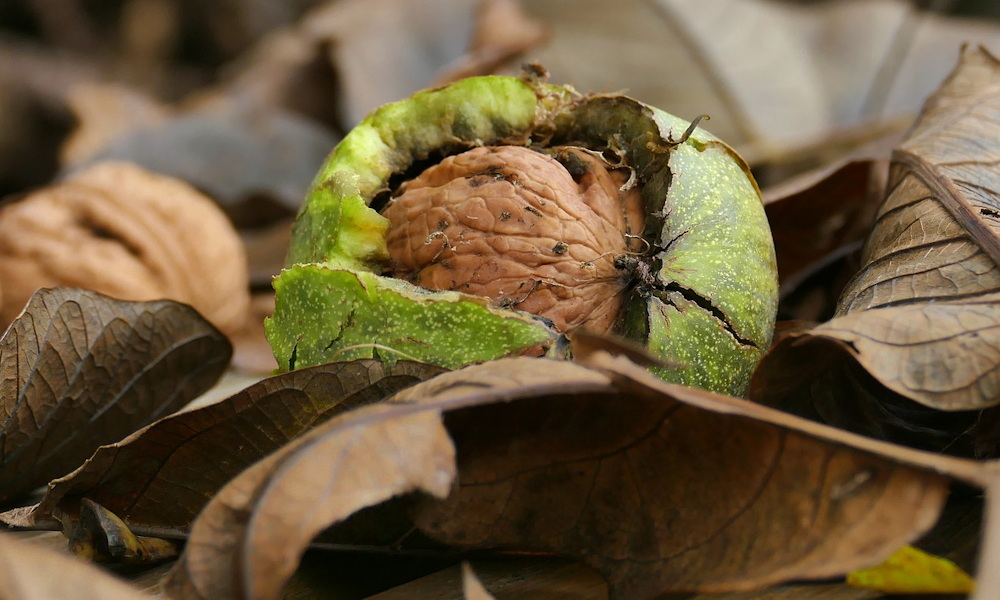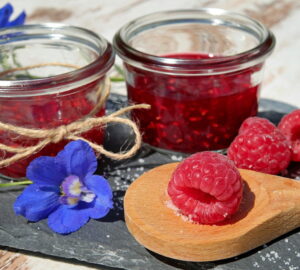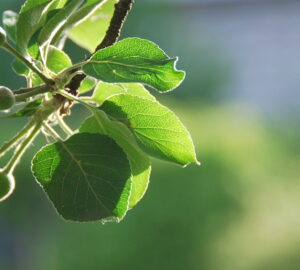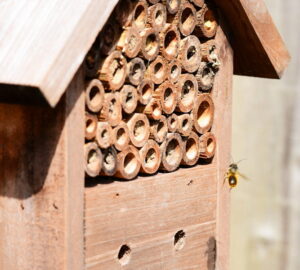Walnuts, those nutritious and delectable tree treasures, grace many dishes with their rich, earthy flavor. But when is the perfect time to pluck them from the tree and how do you ensure they stay fresh for months to come? In this guide, we’ll explore the art of recognizing ripe walnuts, mastering the harvest and preserving these gems for your culinary delight.
The Art of Harvesting Walnuts
Unlocking the Walnut’s Ripeness
Harvesting walnuts at the right time is crucial for their flavor and quality. A ripe walnut will have a green husk that has started to crack open, revealing the brown shell inside. Press your thumbnail into the husk; if it leaves an indentation, the walnut is ready.
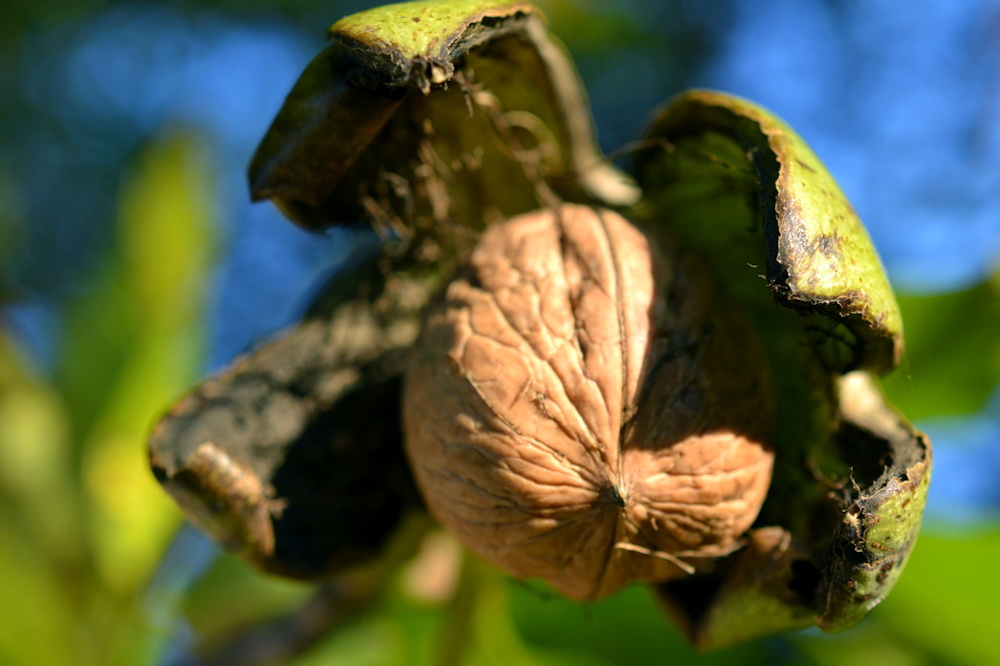
Timing is Everything
Typically, walnuts are ready for harvest in late summer to early fall. Keep an eye on your walnut tree, as the timing may vary depending on your location and local climate. Be patient and wait for nature’s cue.
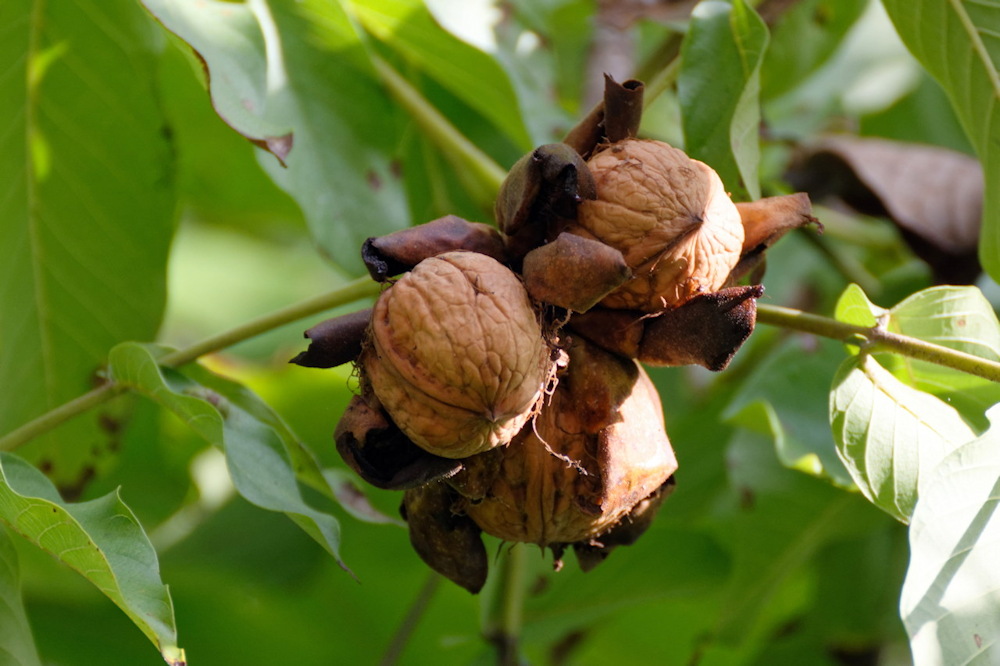
Gentle Harvesting Techniques
When it’s time to pick, don’t shake the tree vigorously, as this can damage the nuts and the branches. Instead, use a long pole or simply gather fallen walnuts from the ground. Handle them gently to avoid bruising.
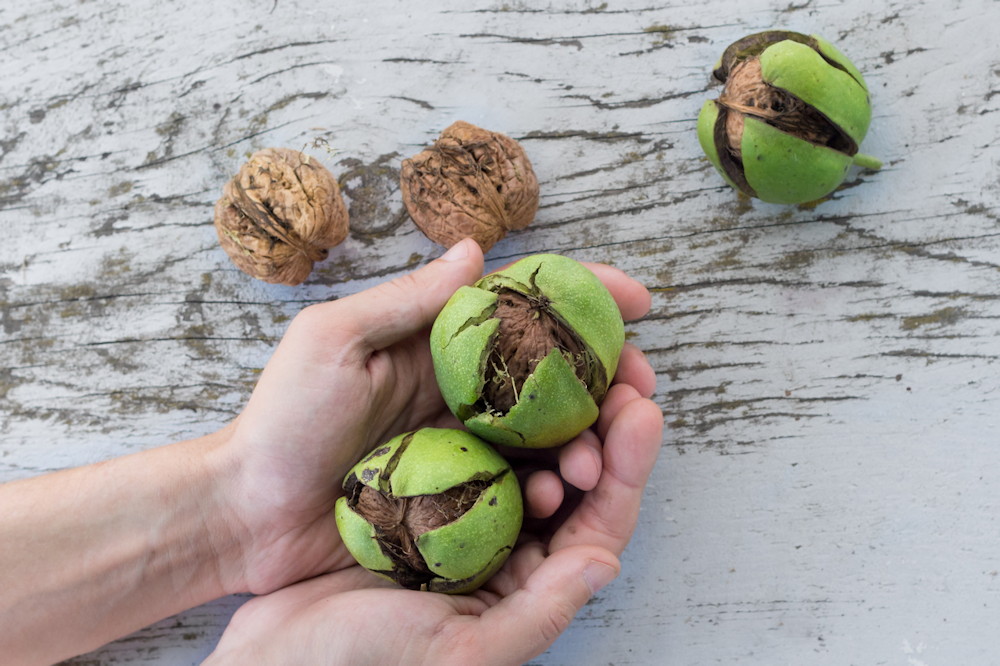
Harvesting Fallen Walnuts
If walnuts have already fallen from the tree, don’t fret. You can still salvage them. First, collect fallen nuts regularly to prevent pests and rodents from getting to them. Check each walnut for signs of ripeness by examining the husk and gently squeezing the shell. If they meet the criteria for ripeness, they are good to keep. Discard any with damaged or moldy husks.
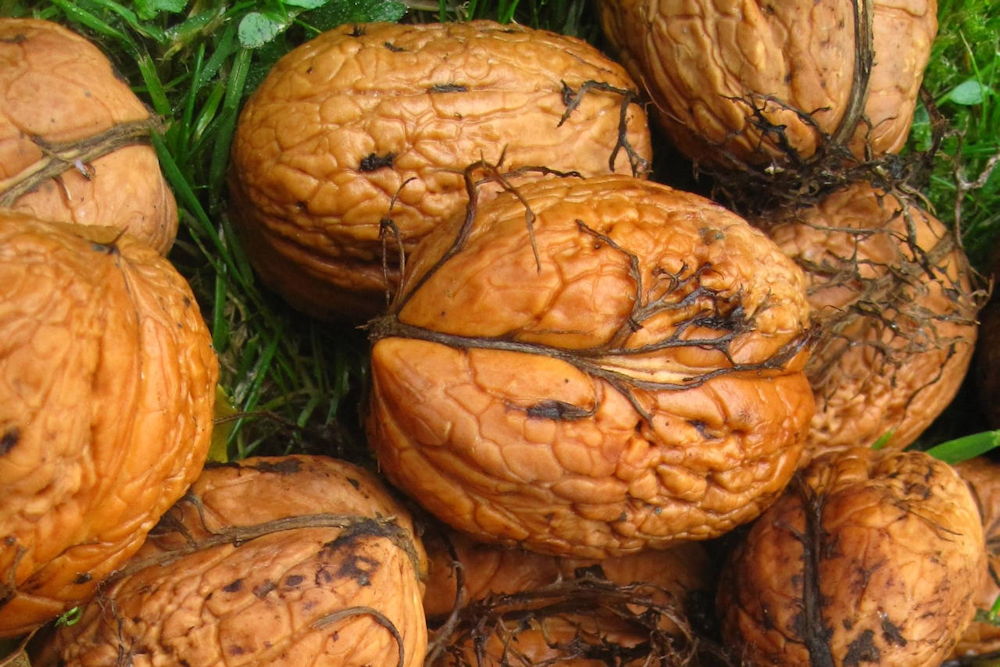
Processing Fallen Walnuts
After collecting fallen walnuts, follow the same cleaning and drying steps as for freshly picked ones. Remove the husks, wash the nuts and let them air dry for a few days in a cool, dry place.
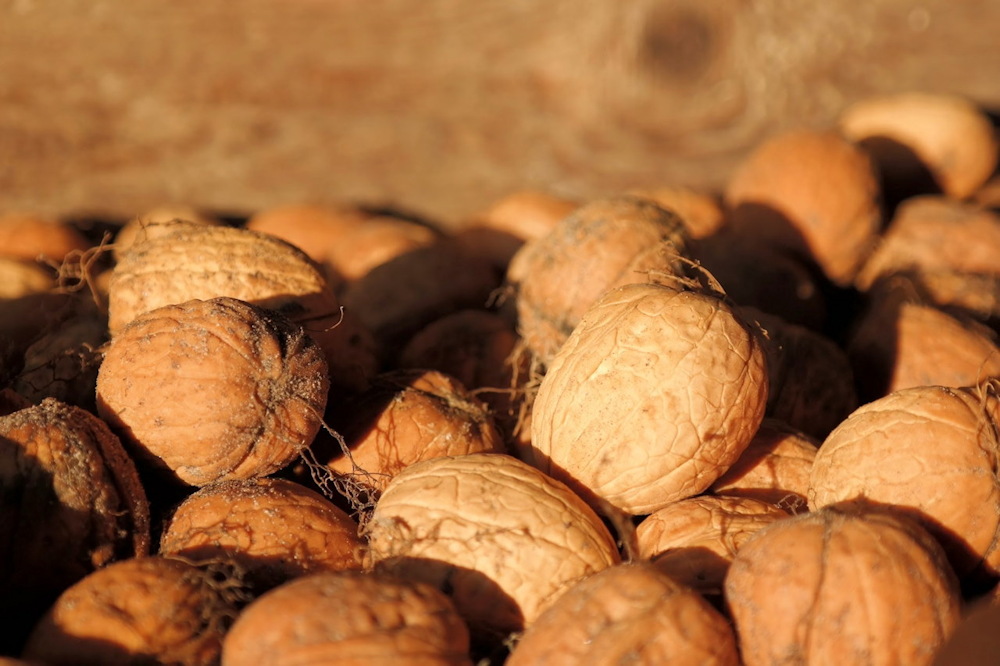
Preserving Walnuts for Perfection
Once you’ve harvested your walnuts, it’s crucial to store them correctly to maintain their freshness. Begin by drying the nuts in a cool, dry place for a few weeks. This process helps reduce moisture content and prevents mold growth. Make sure the walnuts are well-ventilated during this time.
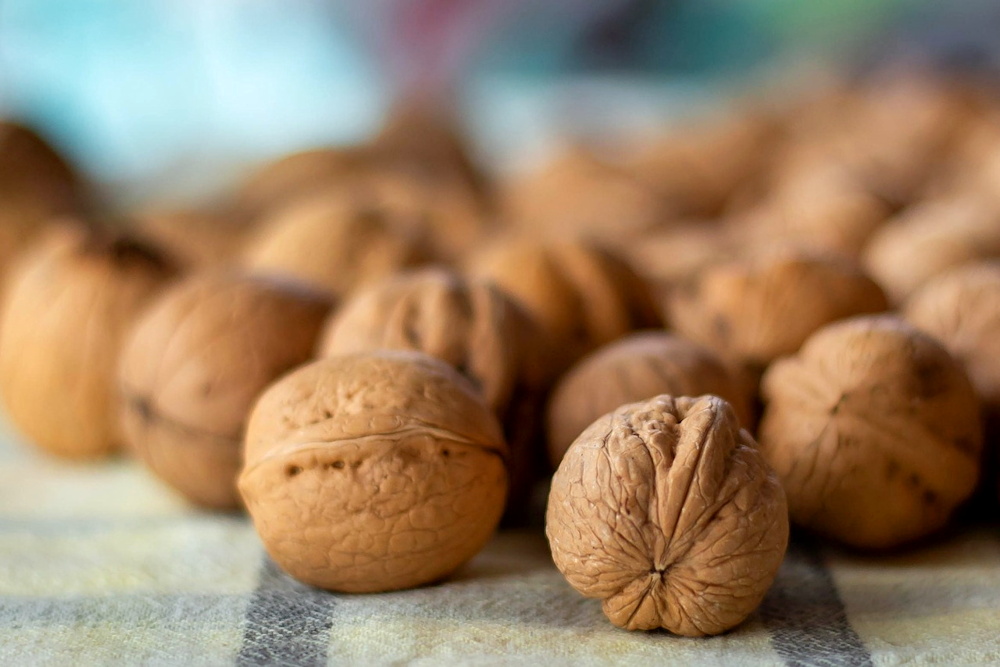
The Art of Walnut Storage
When walnuts are removed from their shells, they are more susceptible to moisture and air, which can lead to rancidity and spoilage. Therefore, it’s essential to protect shelled walnuts by keeping them in airtight containers and in a suitable storage environment.
Whole, unshelled walnuts are less prone to moisture penetration and can be stored in a cool, dry place in their natural state. However, for extended storage and to maintain their freshness, shelled walnuts should still be stored in airtight containers, preferably in a refrigerator or freezer. This helps prevent the walnuts from becoming stale or acquiring off-flavors over time.
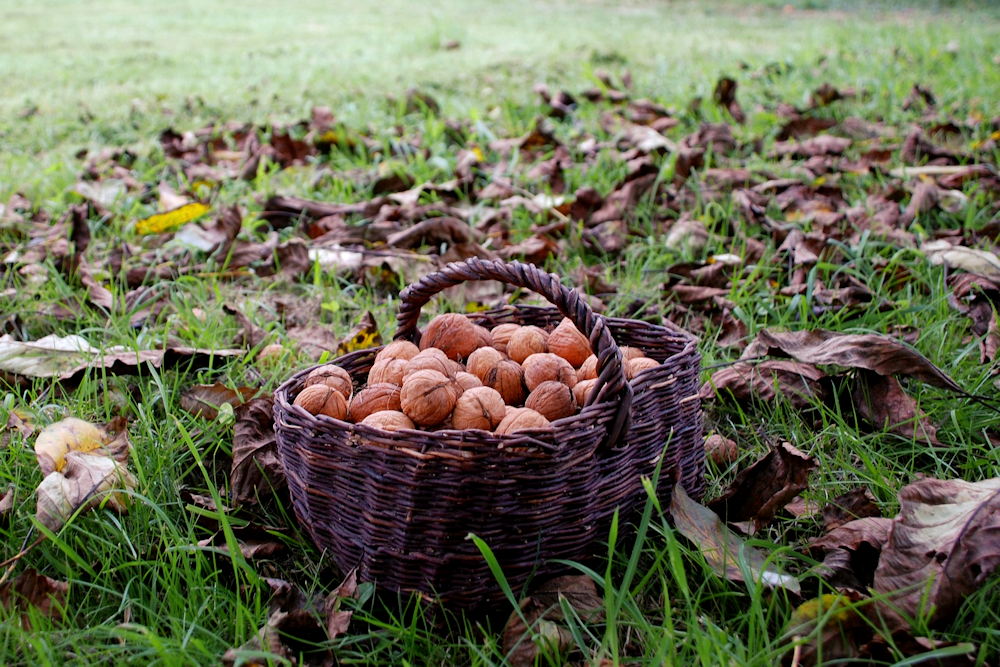
Tidbits about Walnuts: The Nutritional Powerhouse
- Heart-Healthy Fats: Walnuts are rich in omega-3 fatty acids, which are known to promote heart health by reducing bad cholesterol levels.
- Brain Boosters: The wrinkled appearance of walnuts resembles the human brain, and interestingly, they are packed with nutrients that support cognitive function.
- Ancient Origins: Walnuts have been cultivated for thousands of years and have a rich history dating back to ancient Persia.
- Natural Dye: The brown stain from walnut husks was historically used as a natural dye for clothing and fabrics.
- Symbol of Wisdom: In many cultures, walnuts have been seen as a symbol of intelligence and wisdom, often associated with the brain-like appearance of the nut.
- Versatile Ingredient: Beyond snacking, walnuts are a versatile ingredient in both sweet and savory dishes, adding a delightful crunch and nutty flavor.
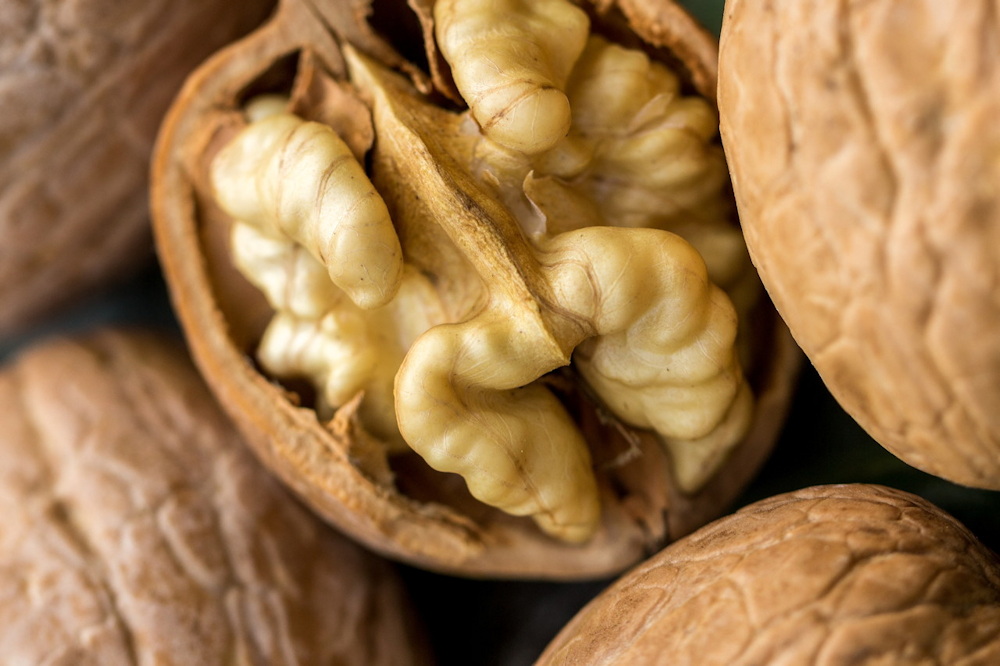
A Taste of Walnut Wisdom: Caring for Your Bounty
In the world of nuts, walnuts are truly a treasure. With the knowledge of when to harvest and how to store them, you can savor their goodness year-round. So, go ahead, embark on your walnut adventure, and unlock the culinary possibilities these little wonders offer. From brain-boosting nutrients to delightful dishes, walnuts are nature’s gift to your kitchen.
In conclusion, remember that the secret to enjoying walnuts at their best lies in the timing of the harvest and the care taken during storage. By following these tips, you can indulge in the rich flavor and nutritional benefits of walnuts for months to come. Happy harvesting and happy eating!



